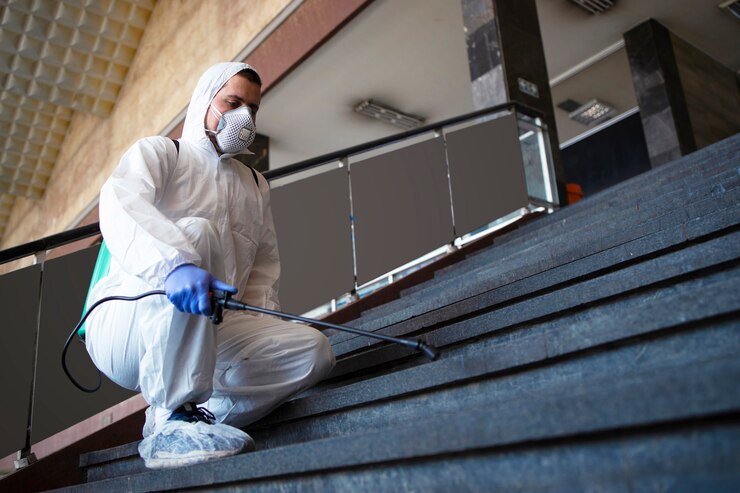Uncovering the presence of asbestos in your home can be alarming, but taking decisive action is crucial for the safety of your household. From insulation to flooring, residential asbestos removal in Brooklyn NY is a critical task that demands attention. Let’s uncover the common signs of asbestos in homes and provide essential insights into the identification and safe removal process.

Recognizing the Signs: Where Asbestos Lurks
-
Older Homes and Asbestos Legacy:
- Many homes built before the 1980s contain asbestos-containing materials (ACMs). If your residence falls within this timeframe, there’s a higher likelihood of asbestos presence.
-
Textured Ceilings and Walls:
- Popcorn or textured ceilings and walls were once in vogue, and unfortunately, so was asbestos. If your home features these textures, it’s crucial to assess the material for potential asbestos content.
-
Vinyl Floor Tiles and Adhesives:
- Vinyl floor tiles and the adhesives used to install them may contain asbestos. Damaged or deteriorating tiles pose a higher risk, of releasing asbestos fibers into the air.
-
Insulation Materials:
- Asbestos was extensively used in various insulation materials, including loose-fill, batt, and pipe insulation. Inspect these areas for signs of wear, tear, or damage.
-
Roofing Materials:
- Older roofing materials, such as shingles or corrugated sheets, might contain asbestos. If you’re considering roof repairs or renovations, it’s essential to identify the materials used.
DIY Identification: Simple Steps for Homeowners
Before initiating any removal process, it’s crucial to perform a preliminary assessment. While professional testing is recommended for accuracy, homeowners can take these steps for a preliminary evaluation:
-
Visual Inspection:
- Examine areas with potential asbestos-containing materials, such as ceilings, walls, pipes, and flooring. Look for signs of wear, damage, or deterioration.
-
Age of the Home:
- Determine the construction period of your home. If it predates the 1980s, it’s wise to exercise extra caution and consider professional testing.
-
Asbestos Testing Kits:
- Home testing kits are available, allowing you to collect samples and send them to a certified laboratory. While not as comprehensive as professional testing, they can provide initial insights.
Safe Residential Asbestos Removal: Leave It to the Experts
Once asbestos is identified, the next step is professional removal. Attempting to handle asbestos without the proper knowledge and equipment can pose serious health risks.
-
Professional Assessment:
- Engage a licensed asbestos professional to conduct a thorough assessment. Their expertise ensures a comprehensive understanding of the extent of asbestos in your home.
-
Safe Containment Measures:
- Professionals implement strict containment measures to prevent asbestos fibers from spreading during removal. This includes sealing off the affected area and using specialized equipment.
-
Proper Disposal:
- Asbestos waste must be disposed of in accordance with local regulations. Professional removal services are well-versed in the proper disposal procedures, ensuring environmental and public safety.
-
Post-Removal Inspection:
- After the removal process, a post-removal inspection is crucial to confirm that all asbestos has been successfully eliminated. This step guarantees the safety and well-being of your household.
Conclusion: Prioritize Safety in Your Home
Identifying and addressing asbestos in your home demands a proactive approach to ensure the well-being of your family. If you suspect asbestos presence or encounter signs outlined in this guide, swift action and professional residential asbestos removal are imperative. Prioritize the safety of your home with a thorough examination and, if necessary, enlist the expertise of professionals to eliminate this potential health hazard.
